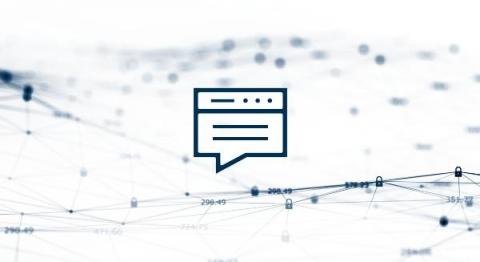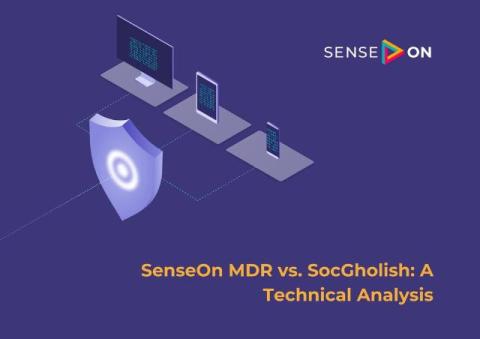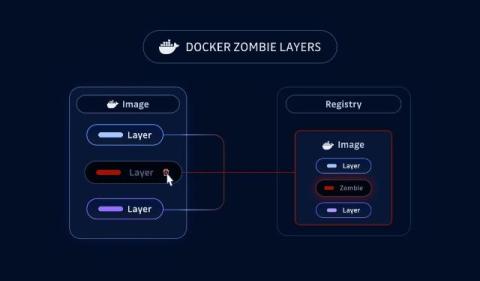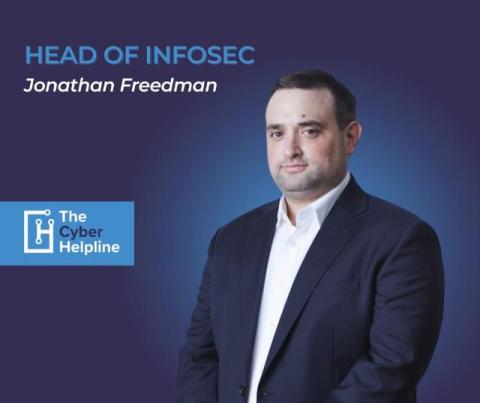The future of agentic AI and Quantum Summit highlights | The Shift October 2024 Preview
In this edition of The Shift, Outshift’s quarterly newsletter, we focus on all things AI — including an exclusive interview with SVP Vijoy Pandey on what the future of AI has in store and an announcement of an exciting new partnership with our GenAI product Motific.











